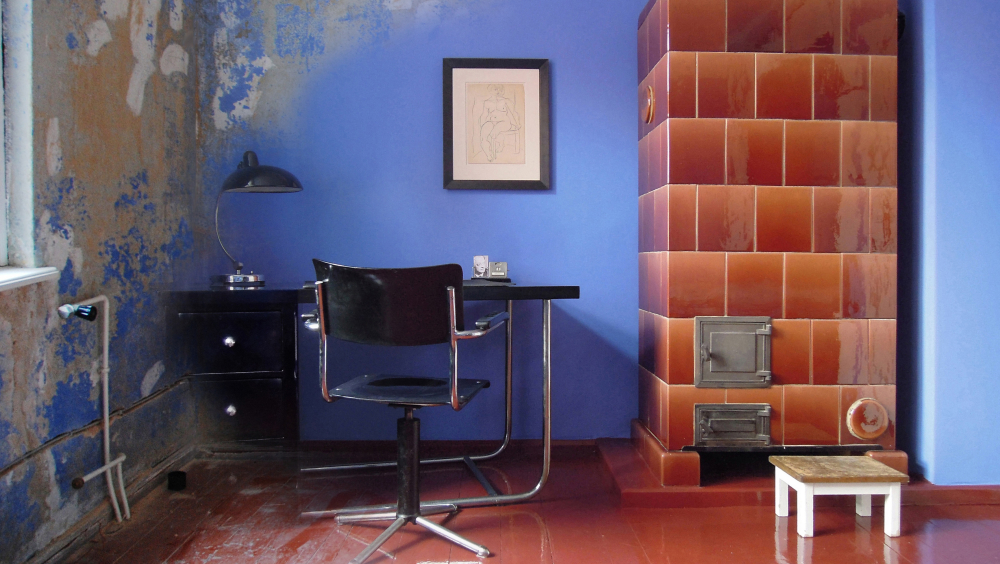Rentable Museum "Tautes Heim" + other projects
Various projects and innovative formats in order to communicate the history and value of the UNESCO World Heritage Estates in Berlin + the work and ideas of the German architect Bruno Taut, including running a rentable museum named www.tautes-heim.de (Europa Nostra Award winner 2013)
Bruno Taut was was resposible for designing four out of the six "Berlin Modernist Housing Estates" that got listed by the UNESCO in 2008. They were designed to create affordable and healthy living space and presented soutions for the rapidly growing cities – a problem that many European cities had to address.
Tauts most famous work is the "Horseshoe Estate" which was privatised 1998 and since then has been sold to more than 600 individual property owners. This privatisation created a difficult situation for the homogenous preservation and was the starting point for a number of projects:
Project No. 1 was the foundation of a private association, the "Friends and
Supporters of the Horseshoe Estate". Among other activities the association runs a small cafe and a cultural exhibition written and designed by the applicant.
Project No. 2 is the creation and operation of a huge online-database containing 2,000 house-individual micro-sites with upto 140 detail plans per house and/or apartment unit. This project was realised in public-private partnership and transforms the scientific expertise into modern media improving the process of licensable restoration work.
Project No 5 is www.tautshome.com. A house by Bruno Taut that has been authentically restored and furnished and was transformed into a hybrid between a museum and a holiday home. The site has been enthusiastically received by guests and received the Berlin Monument Award + Europa Nostra Award 2013.
At the beginning of the 20th century Berlin was growing dramatically. This enormous influx of people was confronted with an extreme lack of housing. Particularly in working class districts like Neukölln, Kreuzberg, Prenzlauer Berg or Wedding the hygienic conditions were catastrophic. This was the starting point for highly efficient reform-orientated public housing programs. Especially in the suburbs of the city two- to three-storey housing estates that were well integrated into the landscape were planned. The first large estate of this type with more than 2,000 residential units was the Hufeisensiedlung, which soon became one of the most iconic pieces of the new objectivity in building. The Hufeisensiedlung is a perfect place to communicate and study the foundations of this highly significant period of European town planning. And "Tautes Heim" ("Taut´s Home" in English) is probably the best place to experience the value of cost-effective but yet high quality architecture and design of these days.
